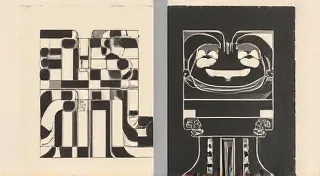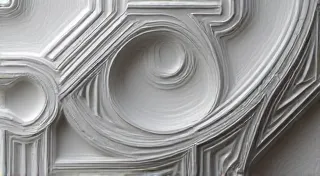Letterpress vs. Other Printing Methods: What's the Difference?
Letterpress printing, with its tactile impression and timeless aesthetic, occupies a unique space in the world of printing. But it's not the only method available. In today's landscape, we have options like offset, digital, and screen printing, each with its strengths and weaknesses. This article will break down the differences between letterpress and these other techniques, allowing you to appreciate the distinct qualities of each.
Letterpress Printing: The Classic Approach
At its core, letterpress involves using raised surfaces (type or plates) to physically press ink onto paper. This pressure creates a debossed effect – a visible and palpable indentation – that is characteristic of letterpress. It's a slower process, requiring skilled craftsmanship and meticulous attention to detail. The process relies on careful consideration of design and how it will translate into a physical impression. For those new to the craft, understanding understanding the parts of a letterpress is a crucial first step. The resulting print has a luxurious feel and a depth that is difficult to replicate with other methods. It's often favored for wedding invitations, stationery, and fine art prints.
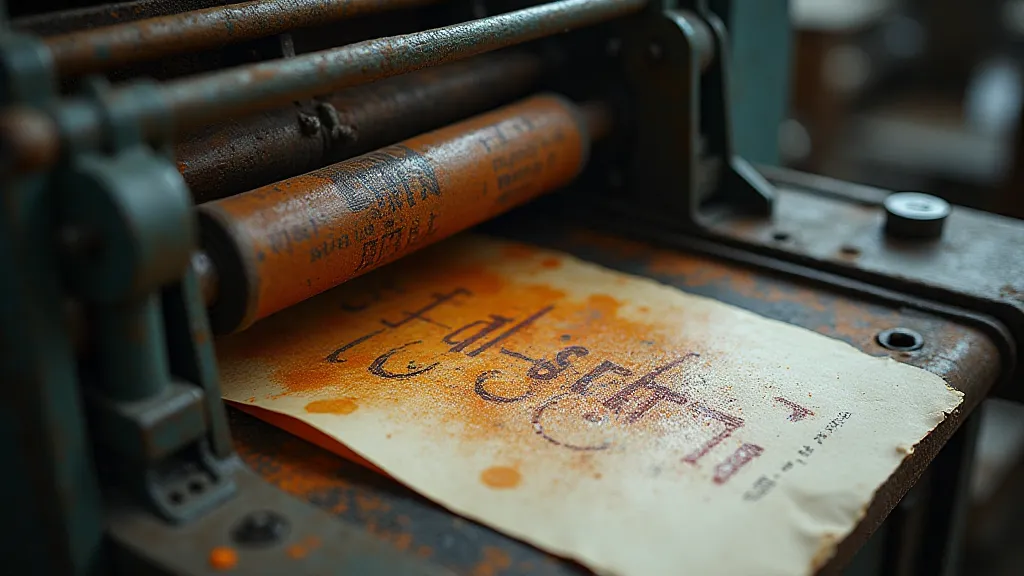
Offset Printing: The Workhorse of Mass Production
Offset printing is arguably the most common printing method for high-volume projects. It utilizes plates – initially created from digital layouts – which transfer an image to a rubber blanket, and then to the paper. This indirect process allows for consistent image quality and cost-effectiveness for large runs. While offering sharp detail, it lacks the tactile depth of letterpress. The cost-effectiveness makes it ideal for brochures, magazines, and packaging.
Digital Printing: Speed and Accessibility
Digital printing, as the name suggests, involves transferring digital files directly to paper, bypassing the need for plates. This makes it incredibly fast and convenient, particularly for short print runs or personalized prints. Like offset, it lacks the impression of letterpress, and the quality, while improving constantly, can sometimes lack the subtle nuances of traditional methods. It’s a good choice for quickly producing flyers, posters, and smaller marketing materials.
Screen Printing: Bold and Durable
Screen printing pushes ink through a stenciled mesh screen directly onto the printing surface. This method is known for its ability to produce vibrant colors and durable prints, often used for t-shirts, posters, and signage. The ink sits on top of the surface rather than being pressed into it, giving it a distinct look and feel. Unlike letterpress, it typically doesn't offer a tactile impression. The process lends itself to larger designs and bold, graphic aesthetics. The way typography is used in screen printing can significantly impact the final product, and often plays well with the bold nature of the method.
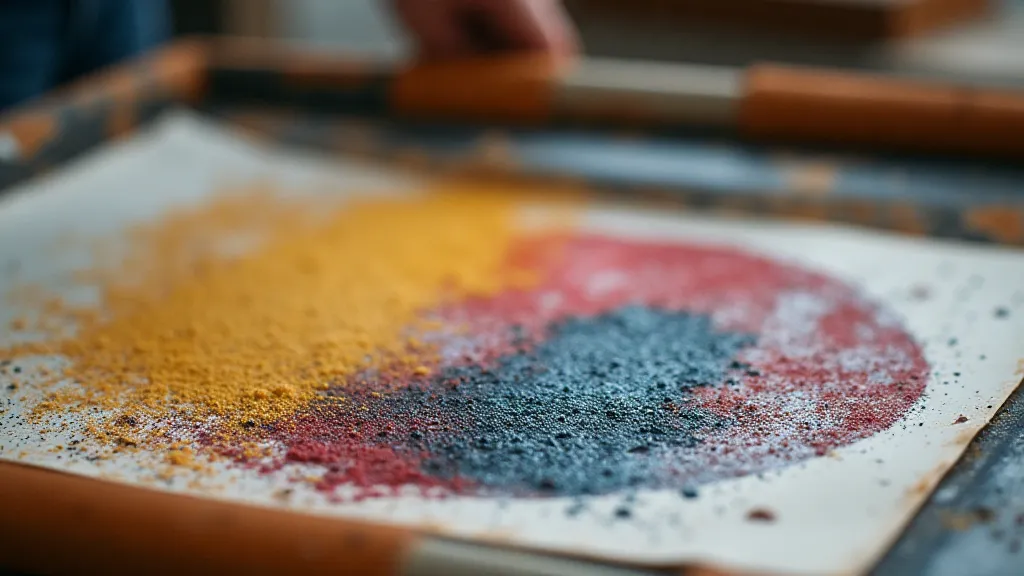
Here's a Quick Comparison Table
| Feature | Letterpress | Offset | Digital | Screen Printing |
|---|---|---|---|---|
| Impression/Tactile Feel | Yes, distinct debossed impression | No | No | No |
| Print Run | Small to medium (typically 50-500) | Medium to large (1000+) | Small to medium (1-500) | Medium to large (100+) |
| Cost | High (per piece) | Moderate (per piece, cost-effective for large runs) | Moderate (per piece) | Moderate (per piece) |
| Image Quality | Exceptional, nuanced | High | Good, improving constantly | Vibrant, bold |
| Typical Uses | Wedding invitations, stationery, fine art prints | Brochures, magazines, packaging | Flyers, posters, personalized prints | T-shirts, posters, signage |
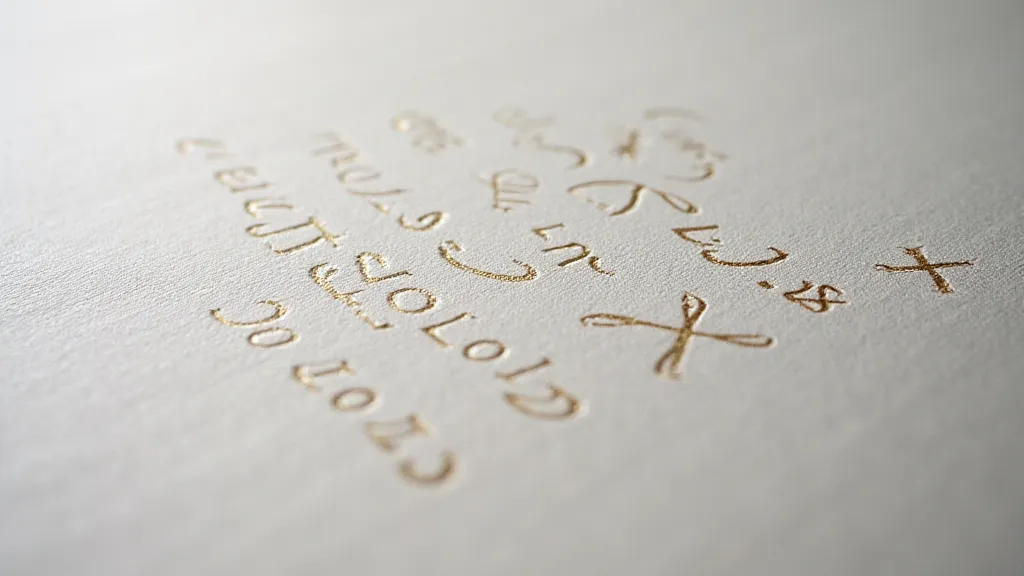
Delving Deeper: The Art and Science of Each Method
While the table above provides a basic comparison, the nuances of each printing method extend far beyond these simple metrics. For instance, in letterpress, the choice of typeface is paramount. The way a font interacts with the press and the paper is a crucial element in achieving that signature tactile impression. As a result, understanding letterpress and typography is critical for designers looking to maximize the impact of their work. The interplay of ink viscosity, paper stock, and press pressure all contribute to the final outcome, making letterpress a truly artisanal process.
Offset printing, while primarily a production-driven process, also benefits from careful planning. Plate preparation, ink selection, and color management are all essential for ensuring high-quality results. Digital printing, on the other hand, represents the most adaptable option, particularly for projects that require frequent changes or personalization. However, achieving a truly professional look still requires a thorough understanding of color profiles and printer settings.
Troubleshooting and Optimizing Your Printing Process
Regardless of the chosen method, issues can arise. Letterpress printing, with its intricate setup and delicate process, is particularly prone to certain challenges. Uneven ink distribution, paper misalignment, and impression inconsistencies are all potential pitfalls. Those working with letterpress equipment often find themselves needing to address these issues, and there are numerous resources available for troubleshooting common letterpress printing problems. Knowing how to diagnose and resolve these problems is a valuable skill for any printer.
Even with offset and digital printing, meticulous attention to detail can make a significant difference in the final product. Regular maintenance, accurate calibration, and a deep understanding of the equipment are essential for achieving optimal results.
Design Considerations for Each Method
The choice of printing method shouldn't be a purely logistical decision. It should be an integral part of the design process. The unique characteristics of each method—the tactile impression of letterpress, the vibrant colors of screen printing, the sharp detail of offset, and the speed and flexibility of digital—can all be leveraged to enhance the overall aesthetic. Letterpress design, in particular, requires careful consideration of how the raised surfaces will interact with the paper and ink. Elements like thin lines and delicate details may not translate well, while bold, geometric shapes can create stunning visual effects. Understanding these limitations and opportunities is key to creating truly impactful designs.
Ultimately, the best printing method depends on your specific needs and aesthetic goals. While digital and offset printing offer efficiency and affordability, letterpress remains a treasured art form, offering a unique and luxurious printing experience that continues to captivate and inspire.

